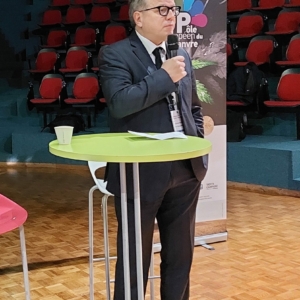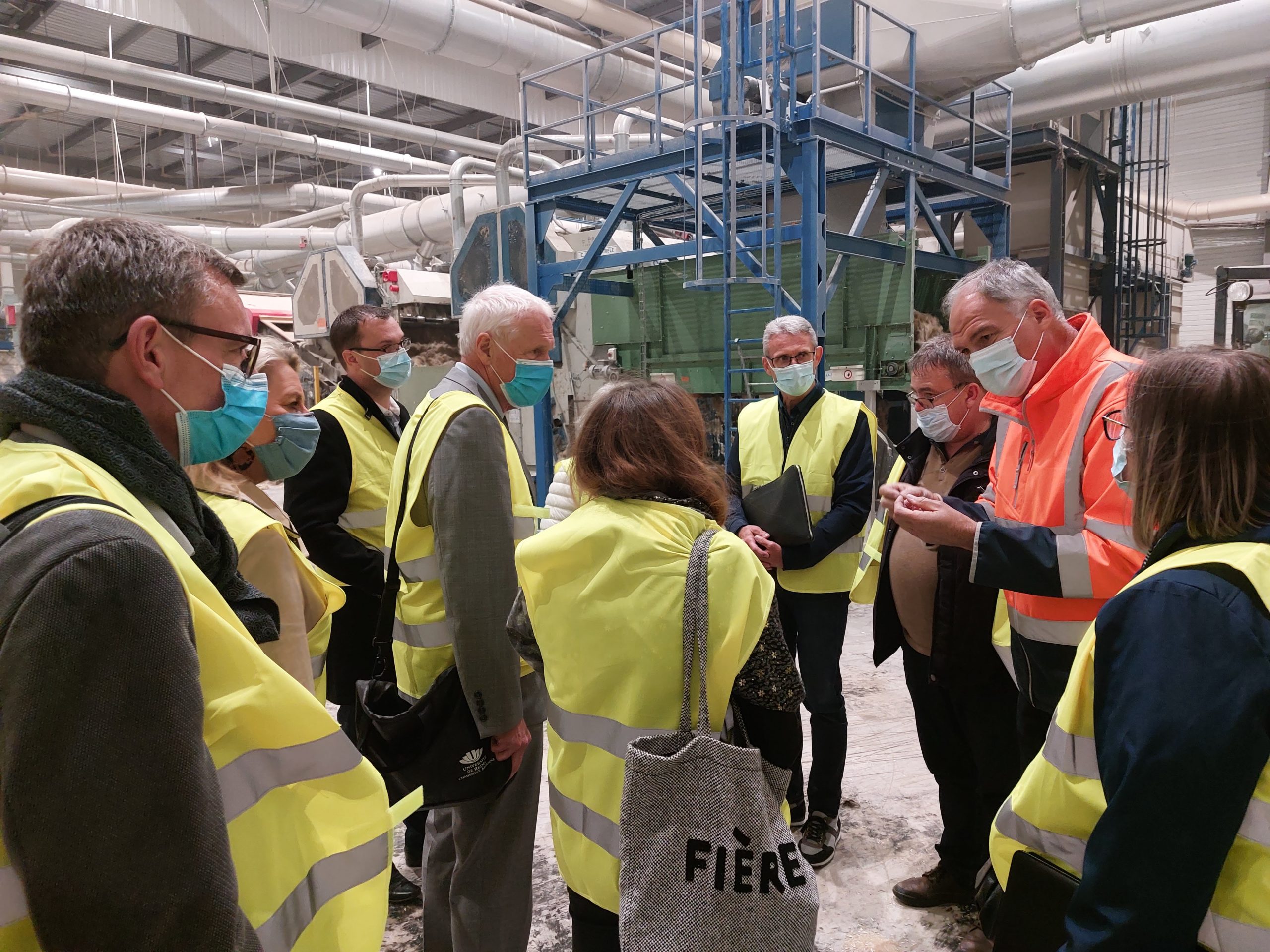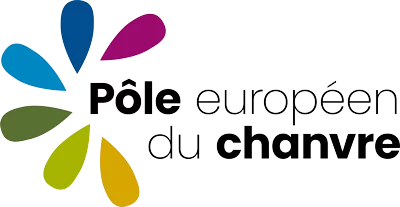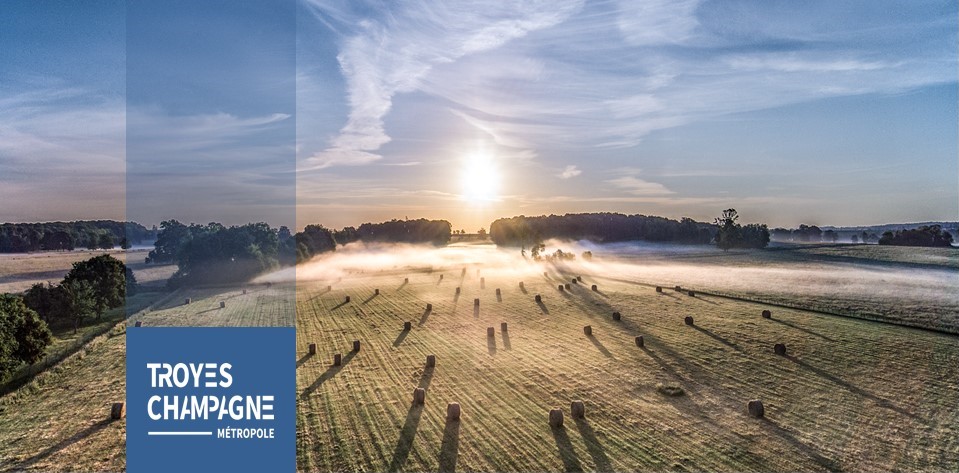Troyes Champagne Métropole, a long-standing and steadfast partner
Bertrand Chevalier, Vice-President, speaks about the Hemp European Hub
Troyes Champagne Métropole has been actively supporting the development of the hemp industry in its region for over 15 years. It is therefore only natural that the urban community is involved in the Hemp European Hub project, led by the Collectif Construction Chanvre Grand-Est, co-financed by the European Agricultural Fund for Rural Development, the Grand Est Region, and Troyes Champagne Métropole (TCM). Bertrand Chevalier, Vice President of TCM, tells us the story…
Hemp and Troyes Champagne Métropole: a human history rooted in the region

“Our commitment to hemp dates back to 2005 and has been ongoing ever since. After the Bolloré site in Troyes closed in 1970, La Chanvrière, founded in 1973, received support from the local community for research and development through the creation of Fibres Recherches Développement (FRD). It was then that Benoit Savourat, President of La Chanvrière, and Annick Gonthier, project manager for innovation and supply chains at Troyes Champagne Métropole, began working on the initial stages of the hemp project. This choice is therefore based on a strong political will to support the economic development of the region by working with the key players who make it thrive. The urban community must therefore play a leading and coordinating role in driving its projects forward and making the region more attractive. Innovative sectors must be given every opportunity to flourish and interactions between ecosystems must be encouraged.
A European partnership for innovation for a promising hemp product.
“The European Innovation Partnership (EIP) is the first recognition by the Grand Est Regional Council of our long-term work. A flag is planted in Saint Lyé, which is set to become an economic development site! Hemp offers so many opportunities across all product segments that we can claim to play a major role here, in this region. It is therefore important to mobilize brainpower and promote collective manufacturing processes.
A strong regional position
With the Region’s Business Act, everything related to bio-based materials must happen here. This is therefore a major undertaking that also relies on establishing synergies with various markets and stakeholders, such as the Cité de la Maille for textiles and the Cluster Patrimoine 4.0 for construction. In addition, hemp is an attractive crop for farmers, with an essential climate dimension. It also improves the region’s carbon footprint. Work needs to be continued on the attractiveness of the plant, on research and development around hemp, and on its market opportunities.
The role of TCM in the hemp ecosystem

“TCM brings overall consistency to the project at the regional level. In the medium term, our ambition is to make the Saint-Lyé hub a development site.
economic image of what has been developed around Bazancourt in the Marne region with the Pôle Industries et Agro-Ressources (IAR). We need to consider setting up a technology park. TCM must play its role in driving the business park forward so that it becomes a physical reality. This will ensure that plots are available when companies want to set up here.
Bringing people together, sharing, inspiring
“The priority today is to move the project forward by defining the role and organization of the Hemp European Hub. We are also in project mode and need to call on regional and European stakeholders to support this initiative. Private stakeholders must also get involved. We need to convince companies to get involved and make stakeholders want to get involved for the benefit of their region. The issue of governance will also become a key topic. It must involve the men and women who make the ecosystem work. This issue will need to be addressed once the various technical groups have completed their work. It is a source of satisfaction and pride to be involved in this project. We need to focus on transfer and models for building other ecosystems. Our ability to bring everyone to the table is a strategic challenge.”


